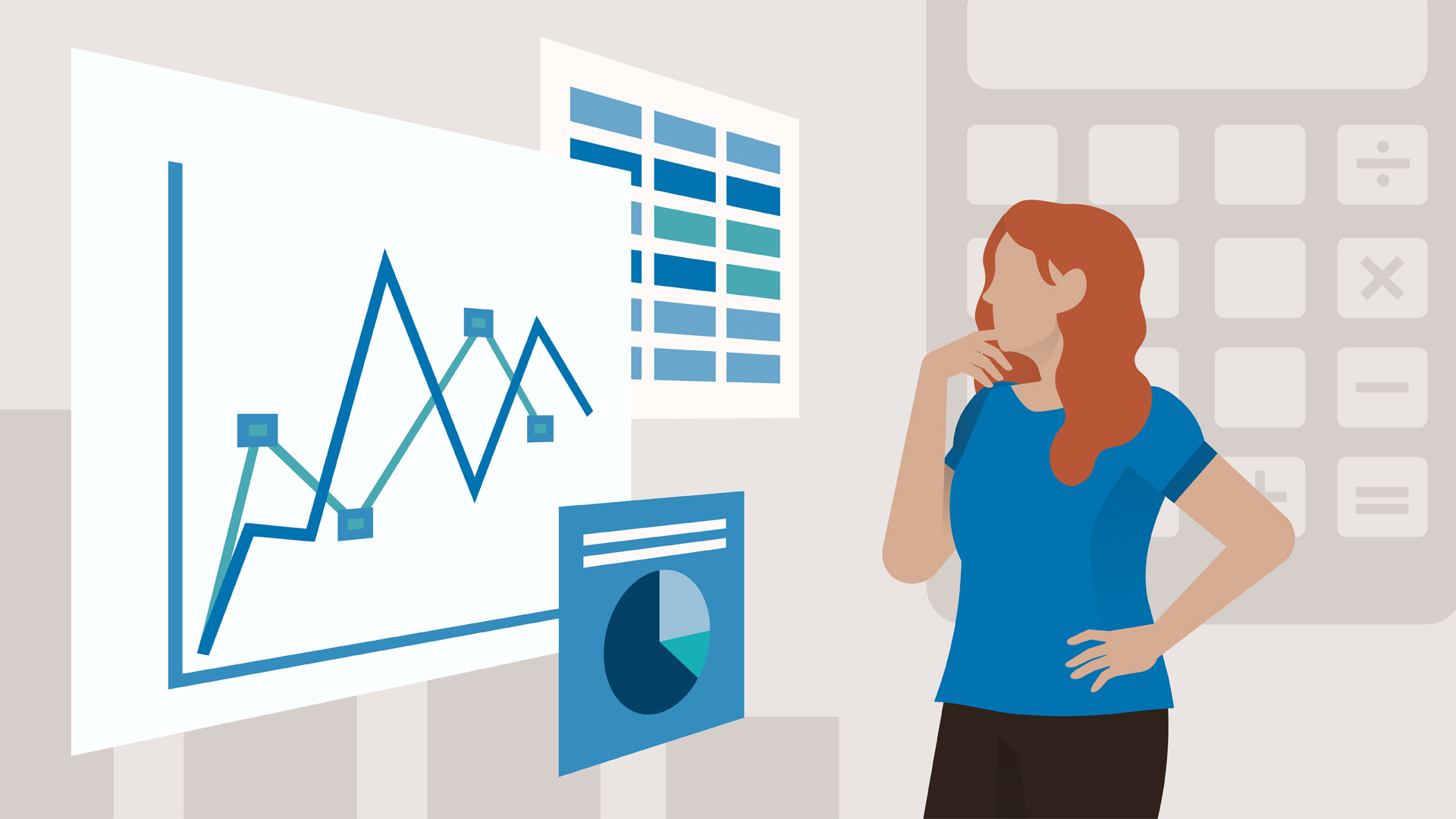
Forex trading has become one of the most dynamic and accessible financial markets in the world. With a daily trading volume exceeding $7 trillion, the foreign exchange market continues to lure traders from across the globe. However, jumping into forex trading without proper knowledge can feel like navigating uncharted territory—risky and overwhelming.
The good news? There is a wealth of practical forex education materials available to help you build confidence and make informed trading decisions. These materials are designed to simplify complex concepts and provide real-world insights, making it easier for beginners and seasoned traders alike to hone their skills.
This blog will explore the benefits of using practical forex education materials to improve your trading performance. Whether you are new to forex trading or looking to refine your strategies, here’s why leveraging the right educational resources is your best move.
Why Forex Education Matters
Forex trading may seem like an art reserved for the risk-tolerant few, but, in reality, it’s a skill that anyone can learn with enough dedication and the right tools. A strong foundation in forex education equips you with:
Market Understanding: Learn how currency pairs, economic indicators, and geopolitical events affect market trends.
Minimized Risks: Get familiar with risk management principles to protect yourself from financial losses.
Improved Strategy: Discover strategies for analyzing price trends, studying charts, and timing your trades to maximize profits.
Confidence: Familiarity breeds confidence. Knowledgeable traders are better equipped to tackle market volatility.
Accessing the right forex education materials will bridge the gap between uncertainty and competence, taking you closer to your trading goals.
Key Benefits of Practical Forex Education Materials
Learning forex trading doesn’t have to be theoretical or dry. Practical education materials provide benefits that extend far beyond technical jargon.
1. Simplified Learning
Forex trading involves various technical terms and concepts that can seem daunting at first—think “pip,” “leverage,” “spread,” or “candlestick trading.” Practical resources break these down into easier-to-understand language.
For example:
Infographics and Visual Guides make obscure financial terms more digestible.
Mini-Courses focus on one concept at a time, such as how to read forex charts or identify trends.
Step-by-Step Tutorials walk you through live trading examples, showing you exactly how to approach different scenarios.
These simplified resources ensure that even beginners can grasp the basics without feeling overwhelmed.
2. Active Application of Knowledge
Unlike traditional classroom learning, practical forex education emphasizes hands-on experience. Many courses and tutorials are paired with demo accounts so you can:
Practice trading without risking real money.
Test strategies in real-world market conditions.
Gain confidence by learning from your mistakes.
For example, platforms providing virtual trading environments often simulate market volatility, teaching traders how to respond efficiently. This active application of knowledge is one of the best ways to internalize forex skills.
3. Customizable Learning Experience
One-size-fits-all education rarely works in forex trading. Traders have different goals, risk appetites, and learning preferences. Fortunately, practical forex education materials are highly customizable and cater to:
Beginner Traders who need basic trading guides and tutorials.
Intermediate Traders looking to refine their analysis strategies.
Advanced Traders aiming to master algorithmic trading or complex risk management techniques.
Choose resources that meet you where you are in your trading journey, allowing you to scale your knowledge as your skills grow.
4. Understanding Risk and Reward
Practical materials don’t just teach you how to make profits—they also emphasize how to minimize losses. Adequate training programs focus on critical risk management techniques such as:
Setting stop-loss orders.
Understanding leverage risks.
Diversifying portfolios.
When you’re armed with these techniques, you’re better prepared to maintain long-term profitability while guarding against the pitfalls of impulsive decisions.
5. Real-Time Market Insights
Forex markets are highly dynamic, influenced by factors like central bank policies, geopolitical events, and even natural disasters. Education resources that incorporate real-time data ensure you stay relevant, helping you adapt to changing market conditions.
Examples include:
Webinars from Forex Experts highlighting current market trends.
Economic Calendars and Analysis Tools keeping you informed about global economic events affecting currency movements.
Daily Market Reviews explaining major shifts and outlining trading opportunities in simple terms.
Real-time insights make your learning process more practical and, ultimately, more effective.
6. Boosted Emotional Discipline
Trading is as much an emotional challenge as it is a technical one. Fear, greed, and impatience can lead traders to make irrational decisions. Many practical educational tools include psychological training elements that teach:
How to manage stress during volatile markets.
How to develop patience for long-term strategies.
How to identify emotional biases before they derail your trading plans.
Gaining emotional discipline through educational resources will allow you to remain objective and stick to your strategy.
7. Access to a Supportive Community
The forex trading learning curve can feel isolating, but the right resources often come with access to a community of like-minded traders. Online forums, mentorship programs, and social media trading groups show just how collaborative learning in forex can be.
Top Types of Practical Forex Education Materials
Different formats suit different learners. Here’s an overview of the most popular and effective options:
1. Video Tutorials
Visual learners swear by video tutorials because they imitate real-world scenarios. Platforms like YouTube, Udemy, and Coursera offer an array of detailed tutorials catering to every skill level.
2. Interactive Webinars
Webinars often feature forex experts sharing deep insights, real-world strategies, and current trends. These live sessions often allow Q&A segments, enabling you to ask questions in real time.
3. Demo Accounts
Many brokers provide demo trading accounts for learners to practice risk-free. These platforms replicate actual forex markets, teaching you how to place trades and manage risks practically.
4. Books and eBooks
While many education materials are interactive, books on forex trading—such as Currency Trading for Dummies by Brian Dolan—offer timeless tips for traders.
5. Online Communities and Forums
Platforms like Forex Factory and BabyPips house vibrant communities where traders exchange knowledge, share recommendations, and post success stories.
6. Mobile Apps
On-the-go learning has never been easier. Forex apps provide bite-sized information and instant access to tutorials, market news, and charts.
Each format brings its unique advantages, so you can mix and match resources to fit your preferred style of learning.

 About Commercial Mortgage Finance
About Commercial Mortgage Finance  Debt Settlement Through the treating of Finances
Debt Settlement Through the treating of Finances  Marketing = Selling Financing
Marketing = Selling Financing  Three Fundamental Methods for Financing Your Home Renovation
Three Fundamental Methods for Financing Your Home Renovation  Is Bitcoin the Future of Digital Payments?
Is Bitcoin the Future of Digital Payments?  Why Walmart Is Rethinking the Use of Self-Checkout Systems
Why Walmart Is Rethinking the Use of Self-Checkout Systems